Bathing is a daily ritual that not only cleanses our bodies but also rejuvenates our minds. However, it's important to remember that the bathroom can be a hazardous place, especially for older adults and young children. From slippery surfaces to scalding hot water, there are countless potential dangers lurking in the bathroom. That's why we've compiled a list of 10 essential bath safety tips to help you and your loved ones stay secure. Whether you're a caregiver for an aging parent or a parent of young children, these tips will ensure that your bathing experience is not only relaxing but also safe. From installing grab bars to controlling water temperature, we'll cover everything you need to know to create a secure bathroom environment. So, let's dive in and discover how a few simple precautions can make a big difference in keeping you and your loved ones safe during bath time.

The Importance of Bath Safety
When it comes to bath safety, prevention is key. Taking the time to implement safety measures in your bathroom can significantly reduce the risk of accidents and injuries. Whether you're a caregiver for an aging parent or a parent of young children, understanding the importance of bath safety is crucial. By following these essential tips, you can create a secure environment that allows everyone to enjoy a relaxing and stress-free bathing experience.
Bath safety is especially important for older adults. As we age, our balance and mobility may become compromised, making us more prone to slips and falls. According to the Centers for Disease Control and Prevention (CDC), falls are the leading cause of injury among older adults, and many of these accidents occur in the bathroom. By implementing simple safety measures, such as installing grab bars and ensuring proper lighting, you can significantly reduce the risk of falls and promote independence and confidence in bathing.
For parents of young children, bath safety is equally important. Young children are naturally curious and may not understand the potential dangers that exist in the bathroom. By taking the necessary precautions, such as supervising children during bath time and storing cleaning products out of reach, you can create a safe environment for your little ones to enjoy their bath.
Identifying Potential Hazards in the Bathroom
Before diving into the essential bath safety tips, it's important to identify potential hazards in your bathroom. By being aware of these dangers, you can take the necessary steps to mitigate the risks and create a safe bathing environment for yourself and your loved ones.
Slippery surfaces are one of the most common hazards in the bathroom. Water, soap, and shampoo can create a slippery surface that increases the risk of falls. Additionally, hard bathroom floors can be unforgiving, leading to more severe injuries. It's important to choose slip-resistant bath mats and rugs to provide traction and reduce the risk of slipping.
Hot water scalds are another potential danger in the bathroom, especially for young children and older adults. Water that is too hot can cause burns and scalds, which can be extremely painful and may require medical attention. It's crucial to set the water temperature at a safe level to prevent accidental burns.
Electrical hazards are also present in the bathroom. Water and electricity don't mix, so it's vital to ensure that electrical outlets and appliances are positioned away from water sources. Additionally, it's important to use GFCI (Ground Fault Circuit Interrupter) outlets in the bathroom to protect against electrical shocks.
By being aware of these potential hazards, you can take the necessary steps to eliminate or minimize the risks and create a safer bathroom environment for everyone.
Installing Grab Bars and Handrails
One of the most effective ways to prevent slips and falls in the bathroom is to install grab bars and handrails. Grab bars provide stability and support, making it easier to get in and out of the bathtub or shower safely. They can be installed vertically, horizontally, or diagonally, depending on your needs and preferences. It's important to choose grab bars that are sturdy and capable of supporting your weight. Additionally, handrails can be installed along the walls to provide additional support and stability.
When installing grab bars and handrails, it's essential to follow the manufacturer's instructions and ensure that they are securely mounted to the wall. It's recommended to hire a professional if you're not comfortable with the installation process. By having grab bars and handrails in place, you can significantly reduce the risk of falls and promote independence and confidence in bathing.
Ensuring Proper Lighting in the Bathroom
Proper lighting is crucial in the bathroom to prevent accidents and provide a safe bathing experience. Inadequate lighting can make it difficult to see potential hazards, such as wet floors or obstacles in the path. It's important to ensure that your bathroom is well-lit, both during the day and at night.
Natural light is the best source of illumination, so if possible, maximize the use of natural light by keeping windows uncovered or using sheer curtains. Additionally, consider installing a skylight or a solar tube to bring in more natural light.
If natural light is not sufficient, it's important to supplement it with artificial lighting. Install bright and energy-efficient LED lights in strategic locations, such as above the vanity, near the shower or bathtub, and in areas where additional illumination is needed. It's also a good idea to have a night light in the bathroom to provide visibility during nighttime visits.
By ensuring proper lighting in the bathroom, you can improve visibility and reduce the risk of accidents and injuries.
Choosing Slip-Resistant Bath Mats and Rugs
Slip-resistant bath mats and rugs are essential in preventing slips and falls in the bathroom. They provide traction and stability, reducing the risk of accidents on wet surfaces. When choosing bath mats and rugs, opt for ones that have a non-slip backing or suction cups to ensure they stay in place.
It's important to regularly clean and maintain your bath mats and rugs to prevent the build-up of mold, mildew, and bacteria. Follow the manufacturer's instructions for cleaning and drying to prolong their lifespan and effectiveness. If the bath mats or rugs become worn or lose their slip-resistant properties, it's time to replace them with new ones.
In addition to bath mats and rugs, consider using non-slip adhesive strips or decals on the bathtub or shower floor. These small additions can provide extra traction and reduce the risk of slips and falls.
By choosing slip-resistant bath mats and rugs, you can create a safer environment in your bathroom and minimize the risk of accidents.
Setting the Water Temperature at a Safe Level
Hot water scalds can cause severe burns and injuries, especially for young children and older adults. It's important to set the water temperature at a safe level to prevent accidental burns.
The ideal water temperature for bathing should be around 100°F (38°C) to 110°F (43°C). You can use a bath thermometer or a digital thermometer to check the water temperature and ensure it's within the safe range. It's also a good idea to test the water with your hand or elbow before stepping into the bath or shower.
To prevent sudden temperature changes during bathing, consider installing a thermostatic mixing valve (TMV) or an anti-scald device on your shower or bathtub. These devices can regulate the water temperature and prevent the water from becoming too hot or too cold.
By setting the water temperature at a safe level, you can protect yourself and your loved ones from scalds and burns.
Supervising Children and Elderly Individuals During Bath Time
Supervision is crucial when it comes to bath safety, especially for young children and older adults. Children should never be left unattended in the bathroom, even for a short period. It only takes a few seconds for an accident to occur, so it's important to keep a close eye on them at all times.
For older adults, it's essential to ensure that they have the necessary support and assistance during bath time. If you're a caregiver for an aging parent or family member, make sure to be present during their bathing routine to provide help when needed. This can include assisting with getting in and out of the bathtub or shower, helping with personal hygiene tasks, and ensuring their safety throughout the process.
By supervising children and elderly individuals during bath time, you can prevent accidents and respond quickly in case of an emergency.
Using Non-Slip Bath Accessories and Shower Chairs
In addition to slip-resistant bath mats and rugs, there are other bath accessories that can enhance safety in the bathroom. Non-slip bath accessories, such as soap dishes, shampoo holders, and shower caddies, can prevent items from slipping and falling, reducing the risk of accidents.
Shower chairs are another valuable addition to the bathroom, especially for older adults or individuals with mobility issues. Shower chairs provide a stable and comfortable seat, allowing individuals to bathe safely while seated. They can be particularly helpful for those who have difficulty standing for long periods or have balance issues.
When choosing shower chairs, opt for ones that are sturdy, adjustable, and have non-slip feet. It's important to ensure that the chair is properly assembled and securely placed in the shower or bathtub to prevent tipping or sliding.
By using non-slip bath accessories and shower chairs, you can create a more secure bathing environment and promote independence for individuals with mobility challenges.
Storing Medications and Cleaning Products Safely
The bathroom is often a common place for storing medications and cleaning products. However, it's important to store these items safely to prevent accidental ingestion or exposure.
Medications should be stored in a secure location, away from the reach of children and pets. Consider using a lockable medicine cabinet or a high shelf that is not easily accessible. It's important to regularly check your medicine cabinet for expired or unused medications and dispose of them properly.
Cleaning products should also be stored out of reach and in a locked cabinet if possible. Many cleaning products contain toxic chemicals that can be harmful if ingested or inhaled. It's important to read and follow the instructions on the labels and use caution when handling these products. Consider using child-resistant caps on cleaning product bottles for an added layer of safety.
By storing medications and cleaning products safely, you can prevent accidental poisoning and promote a safer bathroom environment.
Educating Family Members on Bath Safety Measures
Bath safety is a shared responsibility, and it's important to educate all family members on the necessary safety measures. By raising awareness and promoting good habits, you can create a culture of safety in your household.
Start by explaining the potential hazards in the bathroom and the importance of taking precautions. Teach children about the dangers of slippery surfaces, hot water, and electrical hazards. Show them how to use grab bars and handrails properly and emphasize the importance of supervision during bath time.
For older adults, discuss the importance of using grab bars and handrails for stability. Remind them to set the water temperature at a safe level and encourage them to ask for assistance if needed.
By educating family members on bath safety measures, you can ensure that everyone is aware of the potential hazards and knows how to stay safe during bath time.
Conclusion
In conclusion, bath safety is of utmost importance to prevent accidents and injuries in the bathroom. By implementing these 10 essential bath safety tips, you can create a secure environment for yourself and your loved ones. From installing grab bars and handrails to controlling water temperature, each tip plays a crucial role in promoting bath safety.
Remember to identify potential hazards in your bathroom, such as slippery surfaces and electrical hazards, and take the necessary steps to mitigate the risks. Choose slip-resistant bath mats and rugs, set the water temperature at a safe level, and supervise children and elderly individuals during bath time. Utilize non-slip bath accessories and shower chairs, and store medications and cleaning products safely. Lastly, educate all family members on bath safety measures to ensure a culture of safety in your household.
By following these 10 essential bath safety tips, you can enjoy a relaxing and worry-free bathing experience that keeps you and your loved ones secure. So, take the necessary precautions and make bath time a safe and enjoyable part of your daily routine.


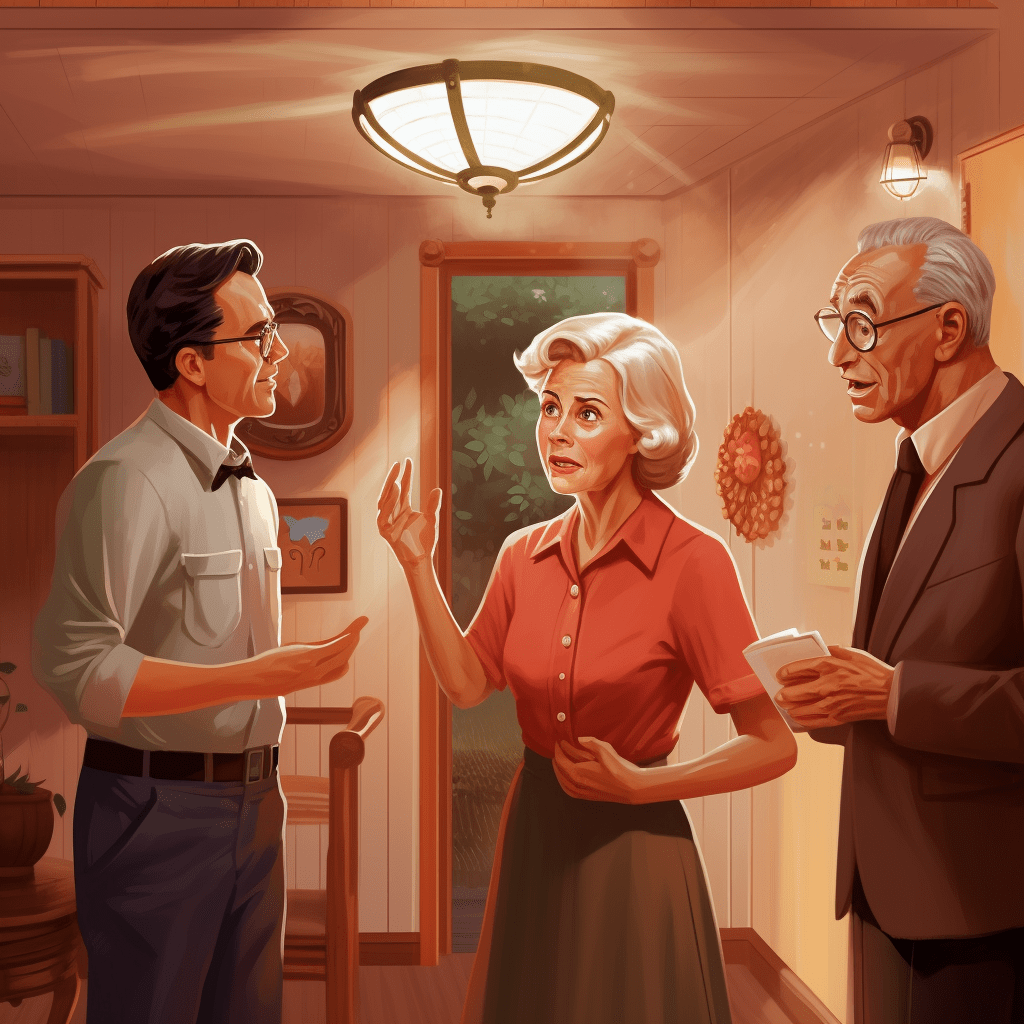

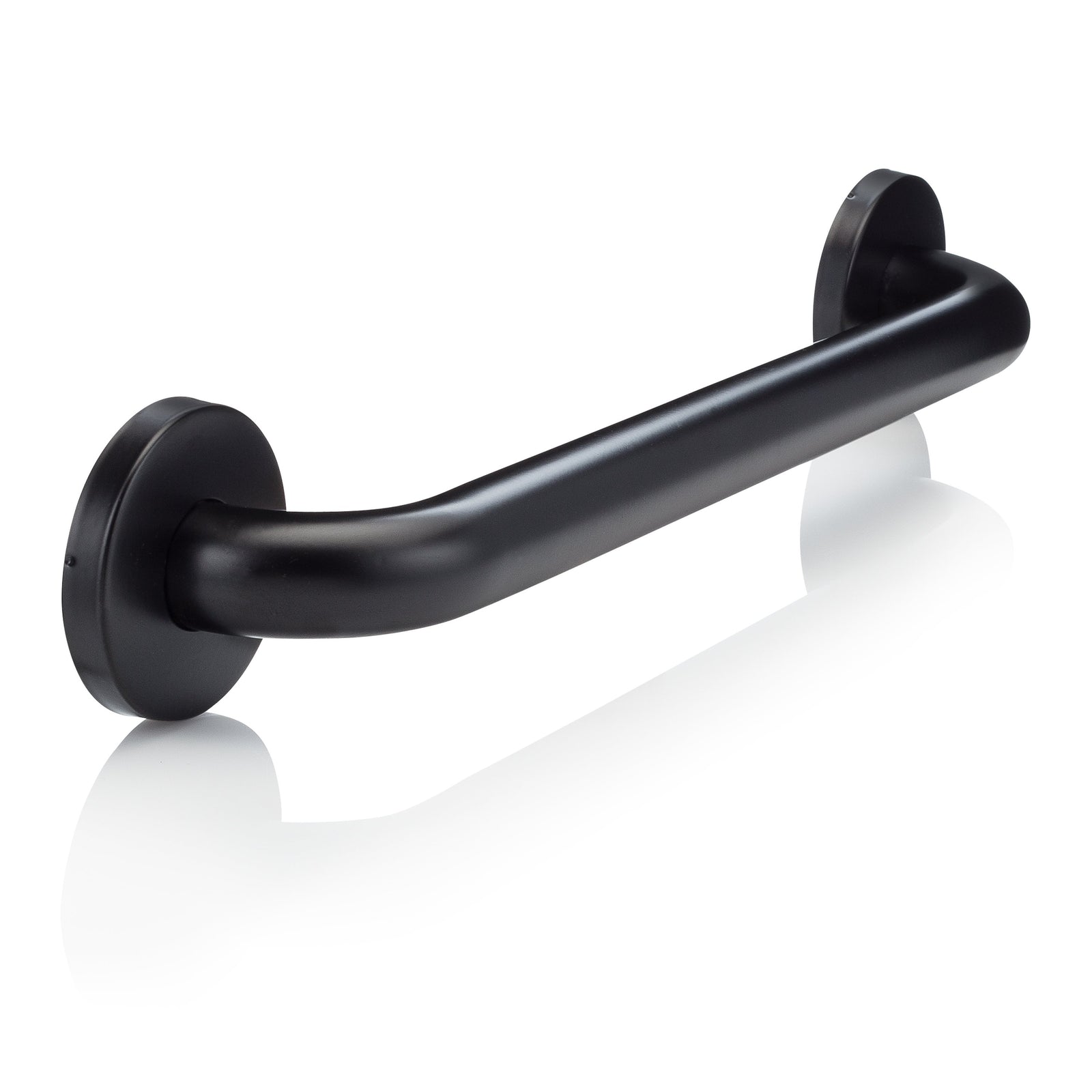
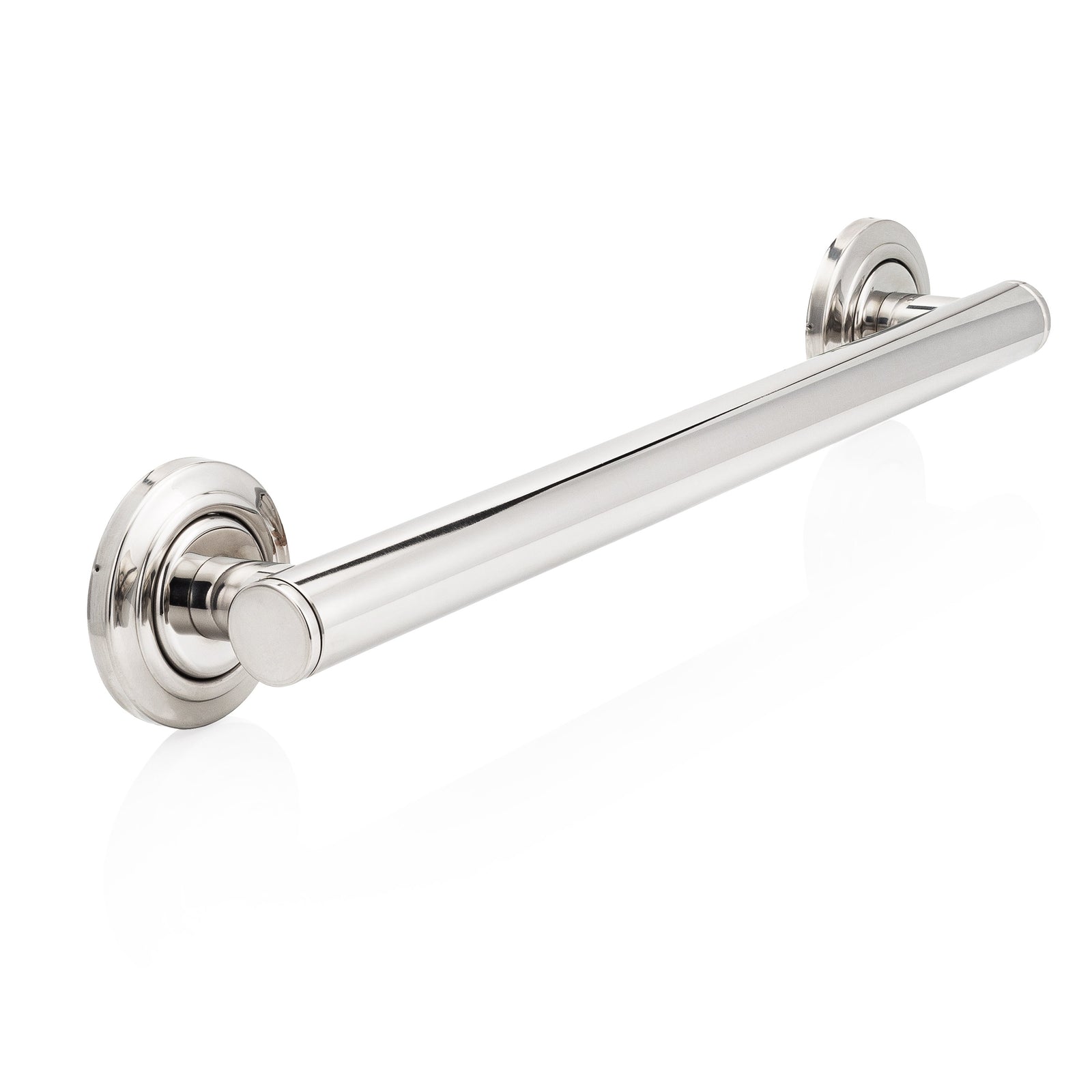


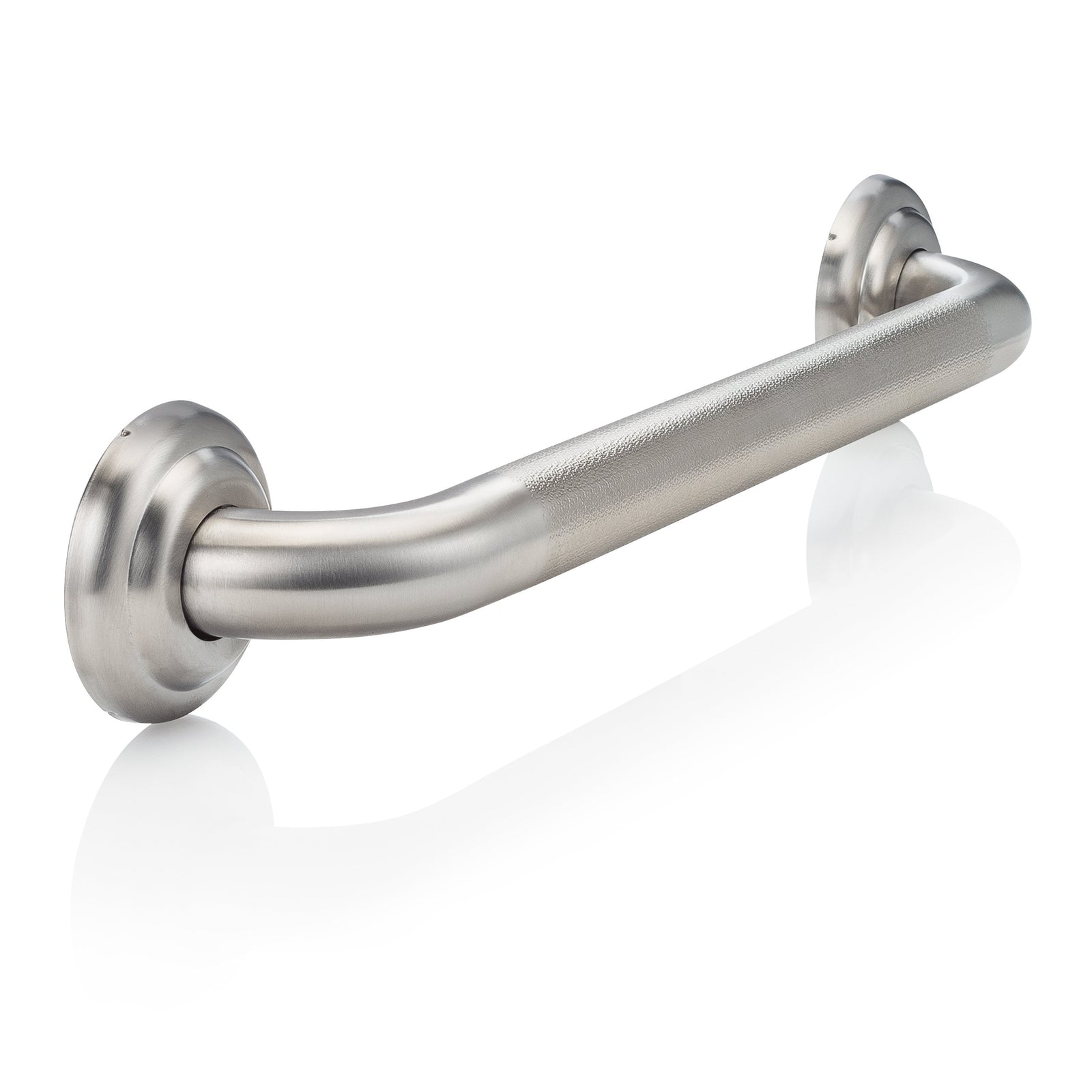
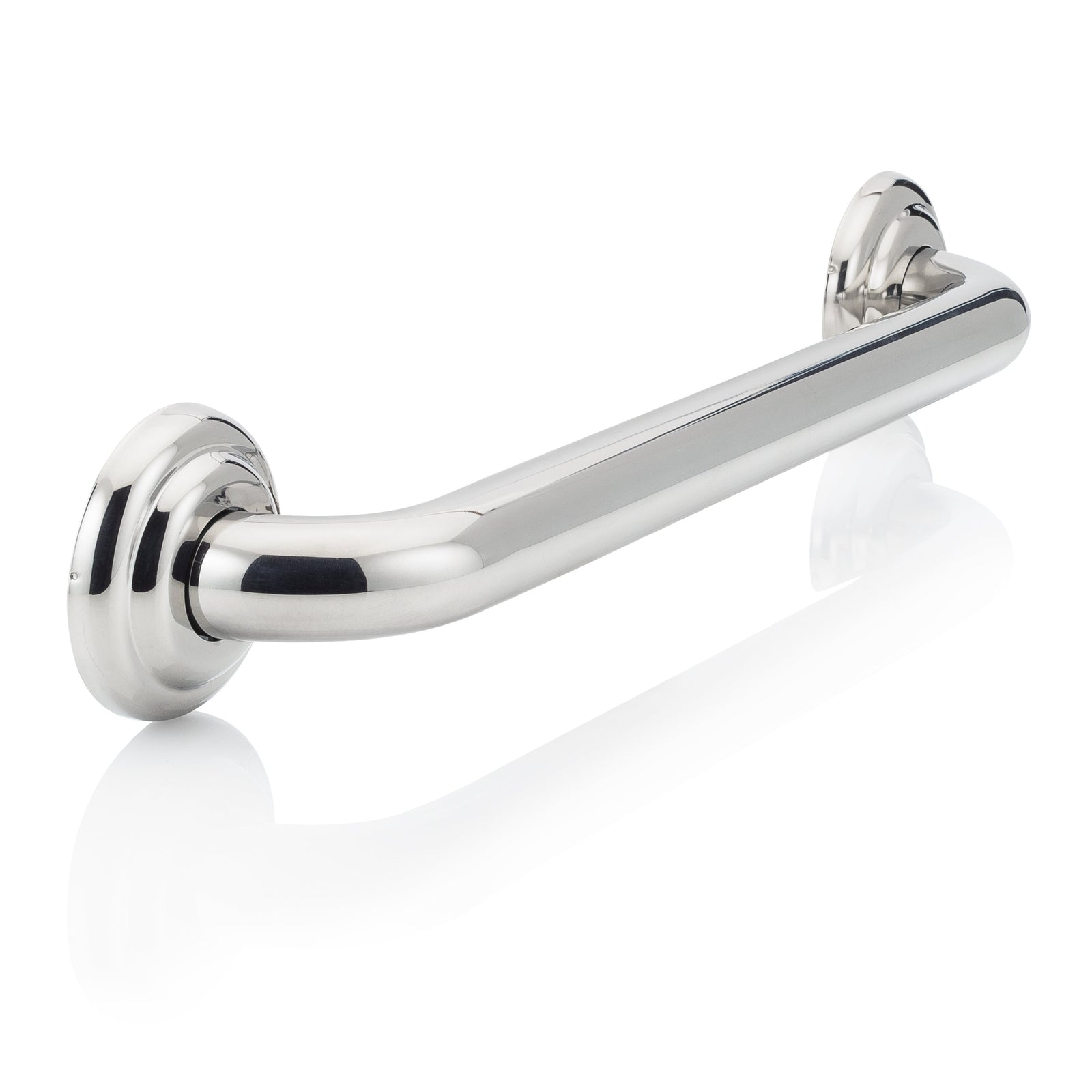
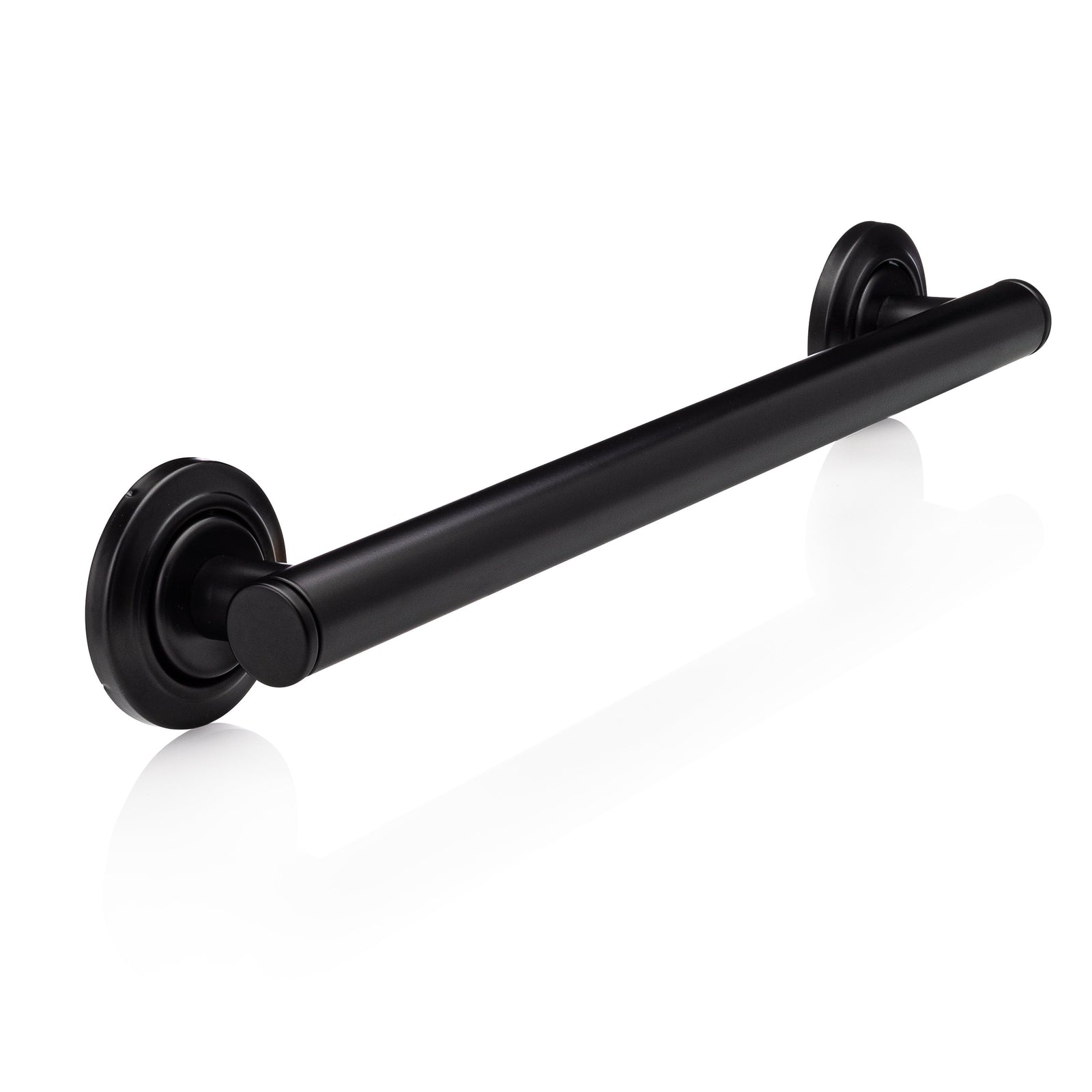
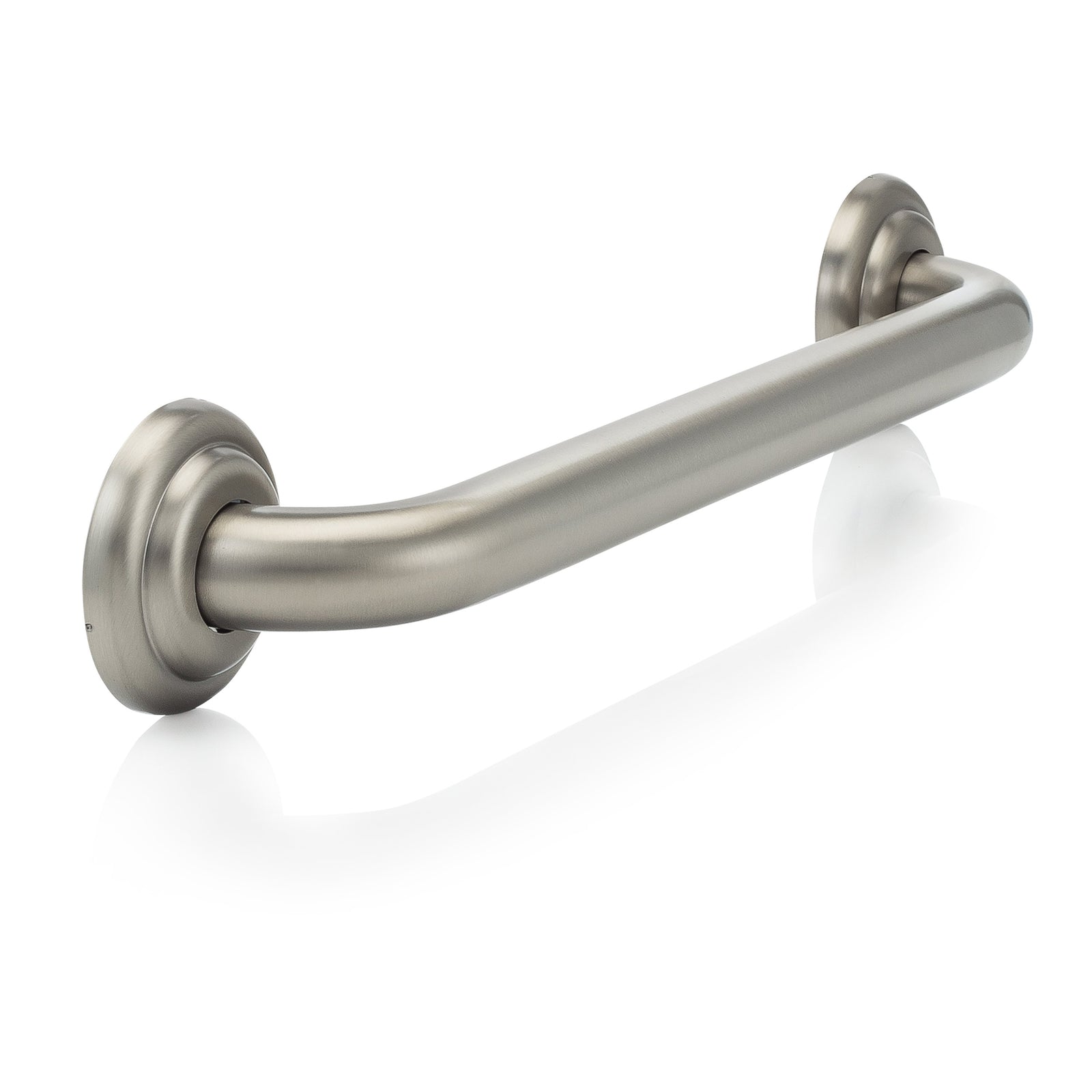
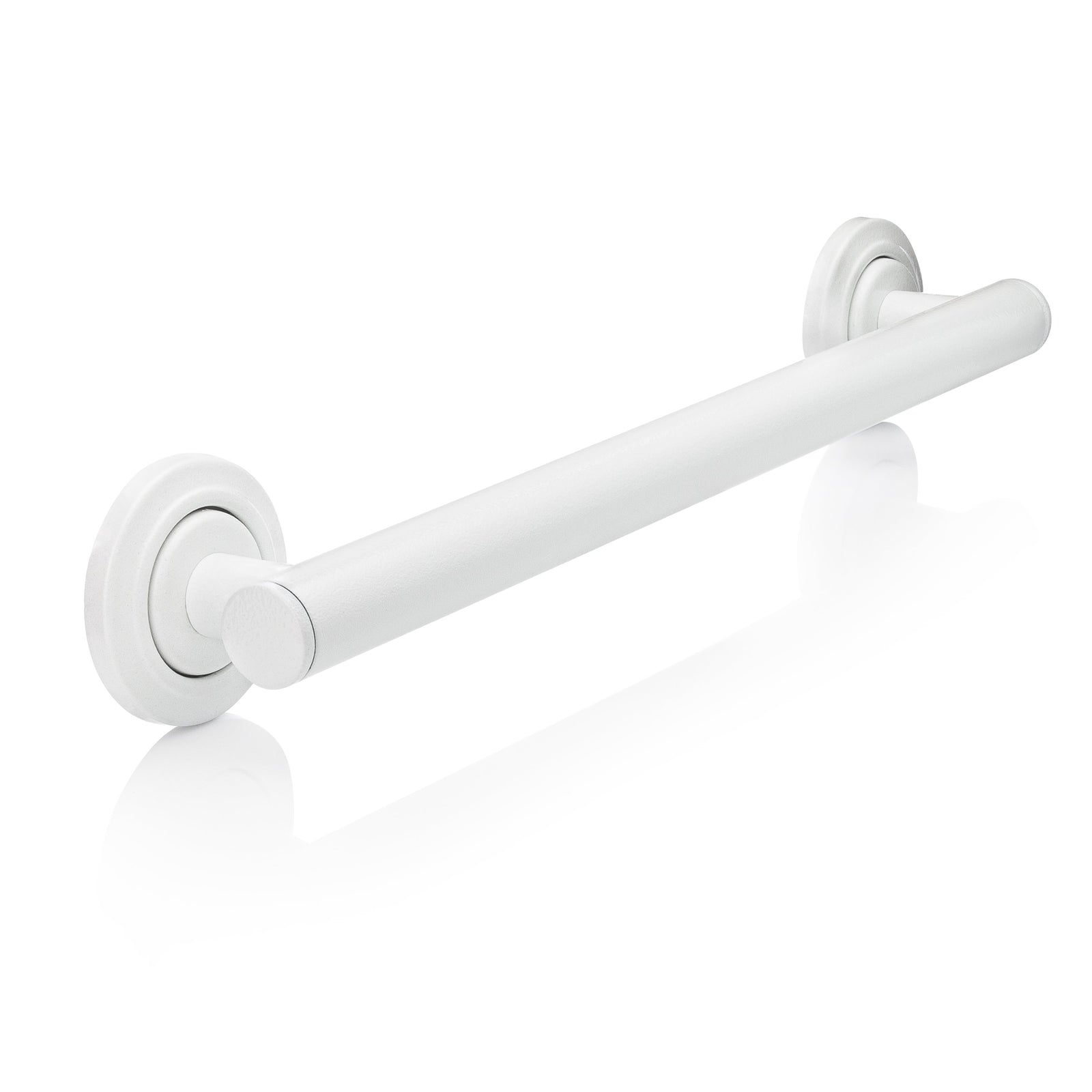
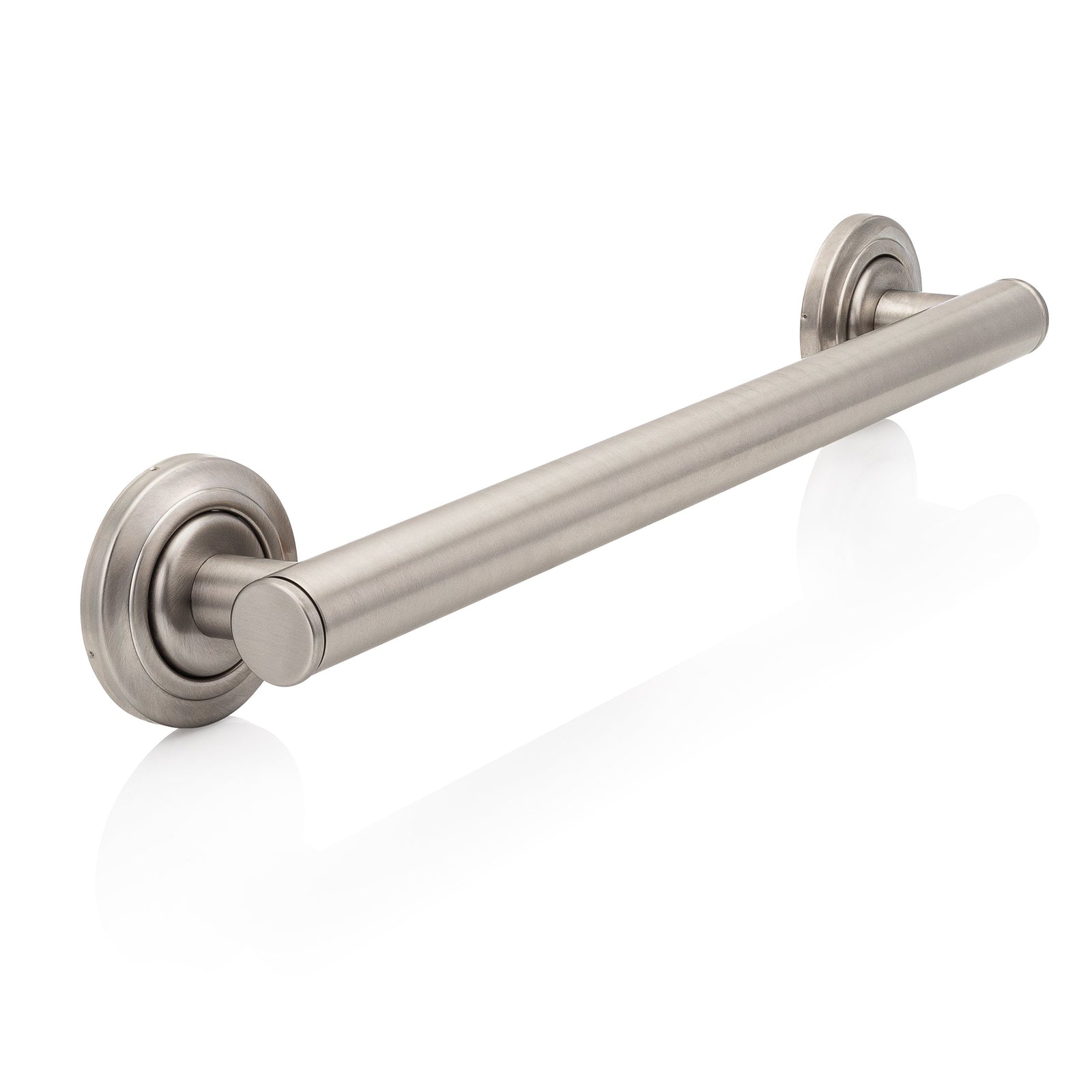
Leave a comment (all fields required)